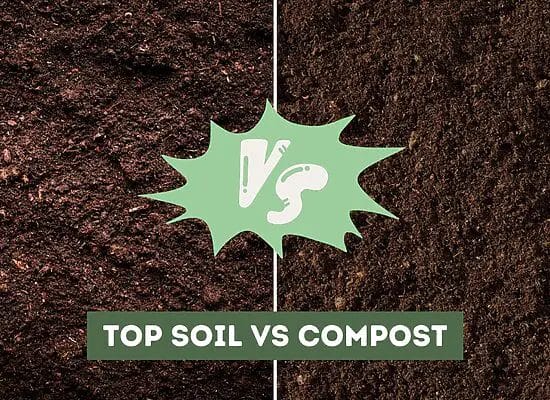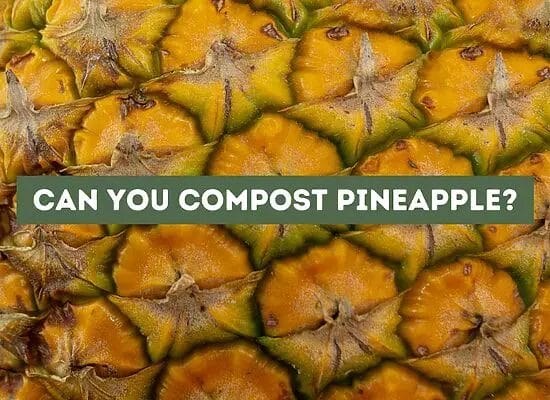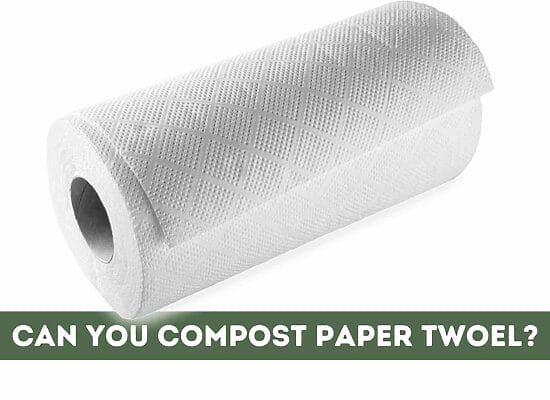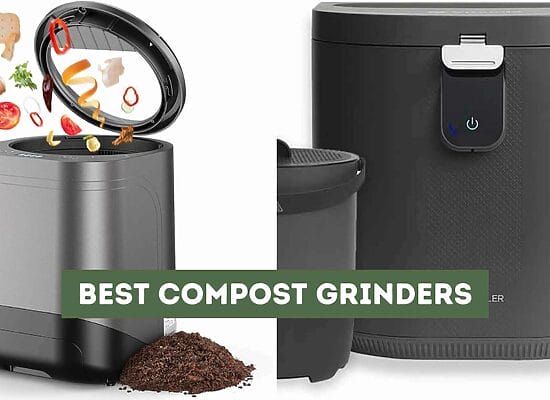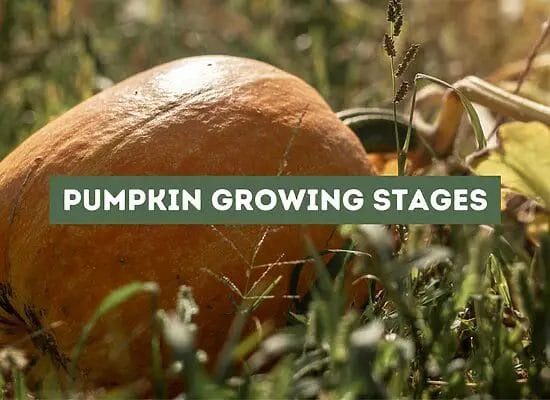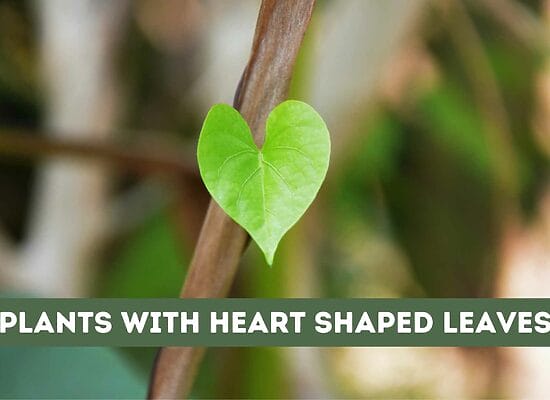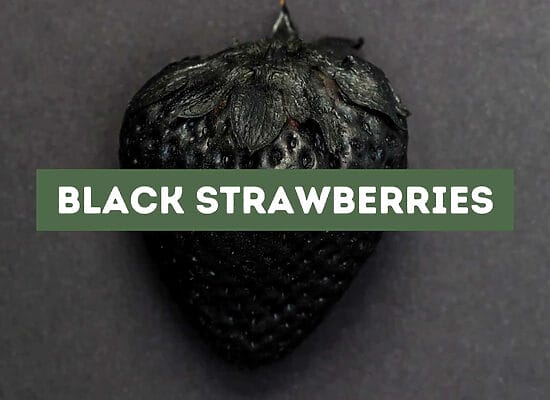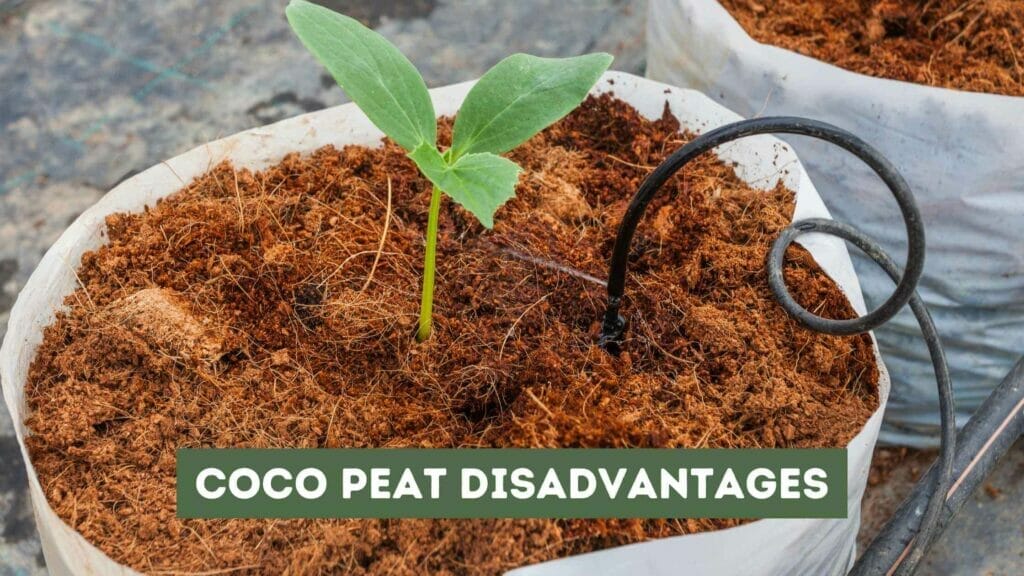
If you’re an avid gardener or farmer, you’ve probably heard of coco peat. This popular growing medium is made from the fibrous husks of coconuts and is often used as a substitute for peat moss. While coco peat has many advantages, it’s important to also understand its coco peat disadvantages before using it as a growing medium.
One of the main disadvantages of coco peat is that it can be difficult for beginners to get the pH and moisture levels correct. Coco peat is neutral to slightly acidic, which means that it may require additional nutrients to be added in order to support plant growth. Additionally, coco peat can harbor diseases and pests, which can be detrimental to your plants if not properly addressed.
Another disadvantage of coco peat is that it may end up being inferior if not properly sourced. With the increased demand for coco peat, there has been a need for increased supply.
However, not all coco peat is created equal. Some coco peat may have been processed with harsh chemicals or may contain high levels of salt, which can be harmful to your plants. It’s important to do your research and source high-quality coco peat to avoid these issues.
Key takeaways:
- Coco peat can be difficult for beginners to manage in terms of pH and moisture levels.
- It can harbor diseases and pests if not properly addressed.
- Quality of coco peat can vary, and inferior sources may contain harmful substances.
- Coco peat has a low nutrient content and may require additional fertilizers.
- It is prone to creep and can move out of containers over time.
- Coco peat can have a high salt content, which can be harmful to plants if not properly washed.
- It may not be suitable for all plants and may require regular watering due to its high water-holding capacity.
7 Coco Peat Disadvantages
Coco peat, also known as coir, is a popular growing medium used by gardeners and farmers around the world. However, there are some disadvantages to using this material that you should be aware of before making a decision. In this section, we will discuss the 7 coco peat disadvantages.
Disadvantage 1: Low Nutrient Content
One of the most significant concerns about using coco peat is its low nutrient content. When compared to other soil amendments like compost or manure, coco peat contains much fewer essential minerals and nutrients required for healthy plant growth. This means that you will need to supplement your plants with additional fertilizer to ensure they receive the necessary nutrients.
Disadvantage 2: Prone to Creep
Coco peat is known to be prone to creep, which means that it can slowly move out of the container or pot over time. This can be a problem if you are growing plants in small containers or if you have limited space. To prevent this from happening, you can mix the coco peat with other materials like sand or perlite to improve its stability.
Disadvantage 3: High Salt Content
Coco peat can have a high salt content, which can be harmful to some plants. This is especially true if you are using coco peat that has not been properly washed or treated. To avoid this problem, make sure to purchase high-quality coco peat from a reputable supplier.
Disadvantage 4: Not Suitable for Some Plants
Coco peat may not be suitable for all types of plants, especially those that require a lot of water or have specific soil requirements. For example, plants that prefer acidic soil may not thrive in coco peat, which has a neutral pH.
Disadvantage 5: Requires Regular Watering
Coco peat has a high water holding capacity, which means that it can retain water for long periods of time. However, this also means that it requires regular watering to prevent the soil from becoming too dry. If you are using coco peat, make sure to water your plants regularly to ensure they receive the proper amount of moisture.
Disadvantage 6: Expensive
Compared to other growing mediums like soil or compost, coco peat can be relatively expensive. This is especially true if you are purchasing high-quality coco peat from a reputable supplier. However, the cost may be worth it if you are looking for a high-quality growing medium that will provide your plants with the necessary nutrients and moisture.
Disadvantage 7: It May Contain Harmful Substances
Finally, coco peat may contain harmful substances like heavy metals or pathogens, especially if it has not been properly treated or washed. To ensure that your plants are safe, make sure to purchase coco peat from a reputable supplier that has taken steps to ensure its safety.
Alternatives to Coco Peat
If you’re looking for alternatives to coco peat, there are several options available that can be just as effective for your gardening needs. Here are a few options to consider:
1. Peat Moss
Peat moss is a popular alternative to coco peat and is widely available at most garden centers. It is lightweight, easy to handle, and has excellent water retention properties, making it ideal for use in container gardens. However, it is important to note that peat moss is not a sustainable resource and is often harvested from bogs, which can have a negative impact on the environment.
2. Vermiculite
Vermiculite is a mineral that is often used as a soil amendment to improve soil structure and water retention. It is lightweight and easy to handle, making it a great alternative to coco peat. However, it is important to note that vermiculite can contain asbestos, which can be harmful if inhaled.
3. Perlite
Perlite is a volcanic rock that is often used as a soil amendment to improve soil structure and drainage. It is lightweight and easy to handle, making it a great alternative to coco peat. However, it is important to note that perlite can be dusty and may irritate the eyes and lungs if inhaled.
4. Compost
Compost is a great alternative to coco peat as it is rich in nutrients and can improve soil structure and water retention. It is also a sustainable resource, as it is made from organic materials such as food waste and yard trimmings.
5. Pine Bark
Pine bark is a byproduct of the lumber industry and is often used as a soil amendment to improve soil structure and water retention. It is a sustainable resource and can be a great alternative to coco peat. However, it is important to note that pine bark can be acidic, so it may not be suitable for all plants.
6. Rice Hulls
Rice hulls are a byproduct of the rice industry and are often used as a soil amendment to improve soil structure and drainage. They are lightweight and easy to handle, making them a great alternative to coco peat. However, it is important to note that rice hulls can be difficult to wet, so they may not be suitable for all plants.
7. Leaf Mold
Leaf mold is a great alternative to coco peat as it is rich in nutrients and can improve soil structure and water retention. It is also a sustainable resource, as it is made from fallen leaves. To make leaf mold, simply collect fallen leaves and allow them to decompose over time.
Pro Tip: When choosing an alternative to coco peat, consider the specific needs of your plants and the environmental impact of the material you choose.
FAQ: Coco Peat Disadvantages
What is coco peat?
Coco peat, also known as cocopeat or coir, is a natural byproduct of the coconut industry. It is made from the fibrous husk of the coconut and is a popular growing medium for plants.
What are the advantages of using coco peat?
Coco peat has many advantages, including its high cation exchange capacity, which allows it to retain nutrients and release them slowly to plants. It also has good aeration and water-holding capabilities, making it an excellent substrate for hydroponic growing. Additionally, it is renewable, organic, and can be reused.
What are the disadvantages of coco peat?
Let’s take a look at 7 coco peat disadvantages you need to know:
1. Prone to creep: Coco peat is a loose material that can easily creep or shift in raised beds or containers.
2. Low pH: Coco peat tends to have a low pH, which can make it difficult to maintain the proper nutrient balance for some plants.
3. Dry coco: Dry coco peat can be difficult to rehydrate and can take a long time to absorb water.
4. High porosity: Coco peat has a high porosity, which can cause it to dry out quickly and require frequent watering.
5. Fungal growth: Because of its high porosity, coco peat can be prone to fungal growth if it is not properly sterilized before use.
6. Cation exchange capacity: While the high cation exchange capacity of coco peat is an advantage, it can also cause it to retain too many nutrients, leading to nutrient imbalances in some plants.
7. Not suitable for all plants: Coco peat may not be the best growing medium for all plants, as some may require different pH levels, nutrient levels, or aeration.
How does coco peat compare to peat moss and coco coir?
Coco peat is similar to both peat moss and coco coir in that it is a natural, organic medium for growing plants. However, peat moss is harvested from peat bogs and is not a renewable resource, while coco coir is made from the fibrous outer shell of the coconut and is also a renewable resource. Coco peat is a byproduct of the coconut industry and is somewhere in between the two in terms of sustainability.
Is coco peat suitable for use in hydroponics?
Yes, coco peat is an excellent substrate for hydroponic growing because of its good aeration and water-holding capabilities, as well as its high cation exchange capacity.
How should I prepare coco peat for use as a growing medium?
Before using coco peat as a growing medium, it is important to first soak it in water to rehydrate it and then rinse it thoroughly to remove any salt buildup or other impurities. It can then be mixed with other organic materials to create a potting mix or used on its own.
Can I reuse coco peat after it has been used as a growing medium?
Yes, coco peat can be reused as a growing medium after it has been used, although it should first be sterilized to prevent the spread of any diseases or pests.
How often should I water plants grown in coco peat?
The frequency of watering plants grown in coco peat will depend on several factors, including the type of plant, the size of the container, and the temperature and humidity levels. Coco peat has good water-holding capabilities, so it is important not to overwater plants and to let the coco peat dry out slightly between waterings.
Is it true that coco peat can be alkaline?
Yes, coco peat can be alkaline, with a pH level ranging from 7.0 to 8.0. It is important to test the pH of the coco peat before use and adjust it if necessary.
What should I do if I experience fungus growth on my plants grown in coco peat?
If you experience fungal growth on your plants grown in coco peat, it may be a sign that the coco peat was not properly sterilized before use. You can try removing the affected plants and using a fungicide to treat the remaining plants, or you can switch to a different growing medium.


